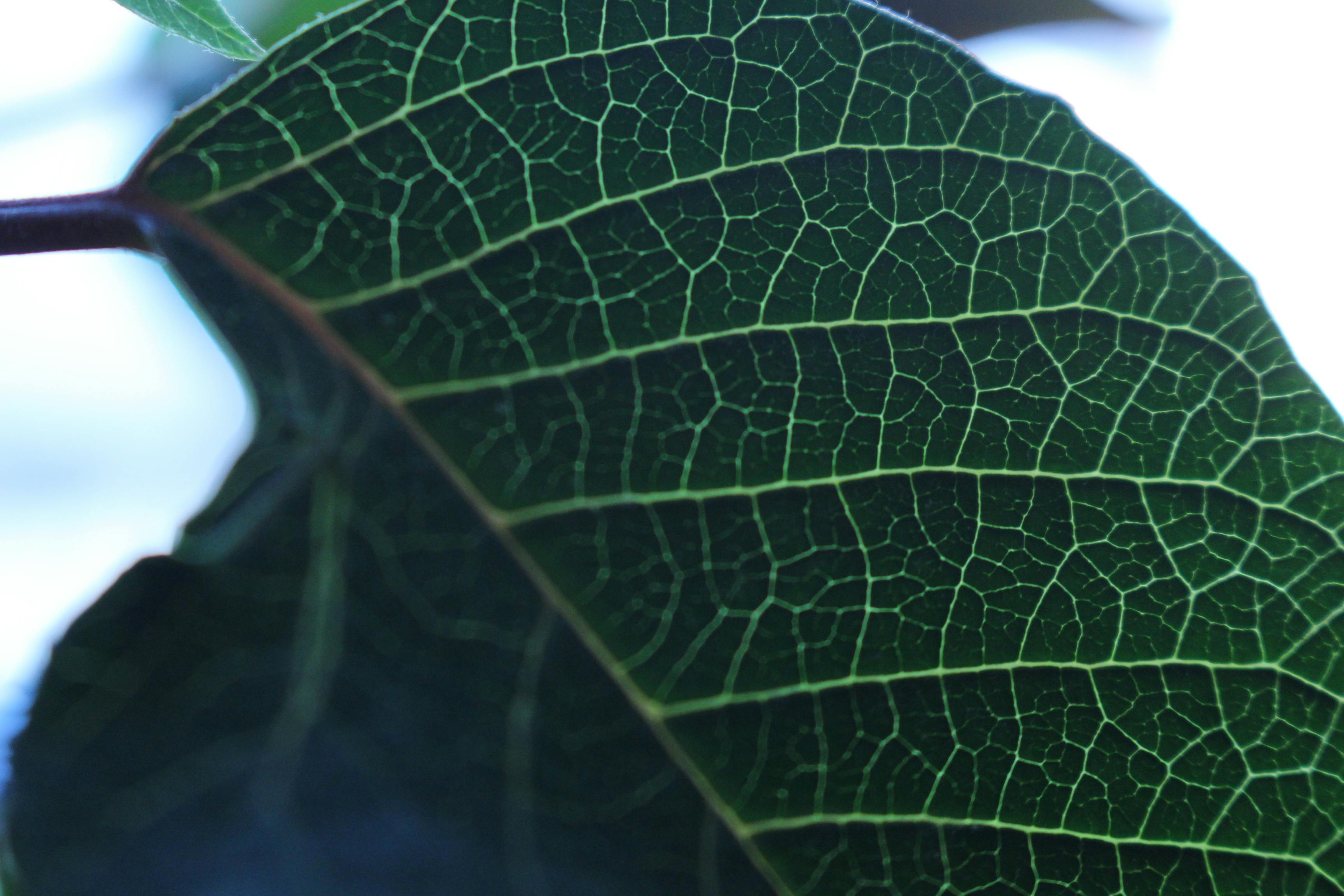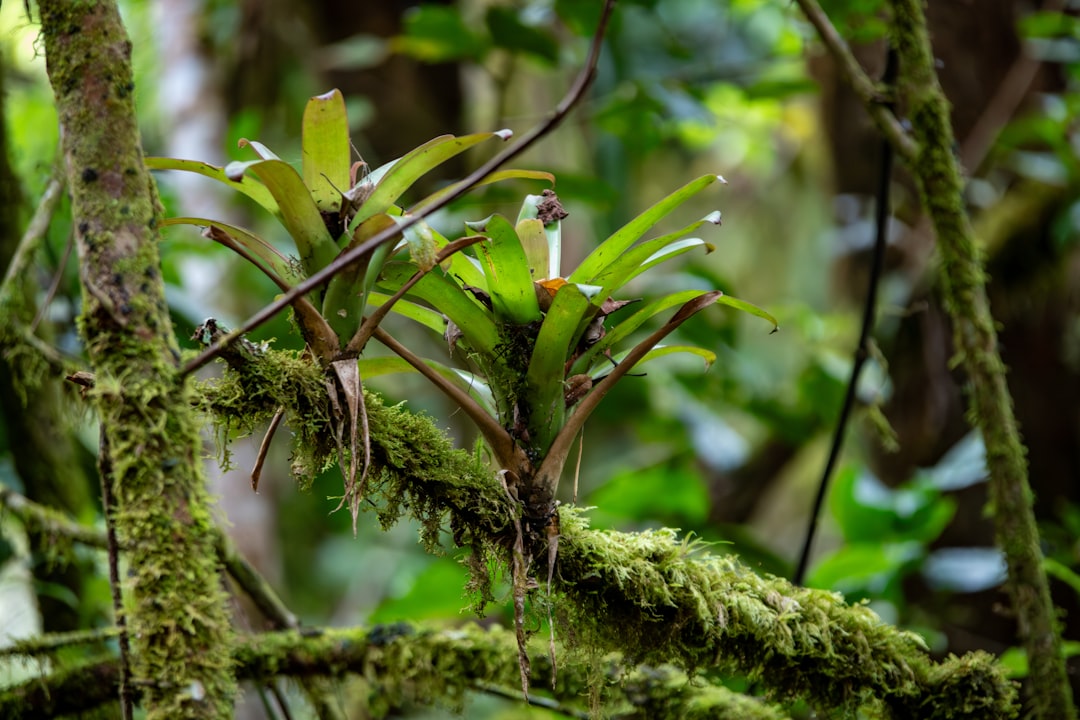In our hyper-connected world, true concentration often feels like a rare commodity. Notifications ping, emails flood in, and the constant hum of daily life can easily derail our deepest work. Yet, the ability to focus deeply is not just about willpower; it’s significantly influenced by the environment we inhabit. Creating a space that actively supports your concentration can unlock unprecedented levels of productivity and creativity.
This guide will walk you through practical, evidence-based strategies to transform your surroundings into a sanctuary for deep work. We’ll explore everything from physical setup to digital hygiene, ensuring you have the tools to cultivate an environment where your focus can truly thrive. Prepare to reclaim your attention and achieve more with less effort.
Declutter Your Space, Declutter Your Mind
A cluttered physical environment often leads to a cluttered mental state. Visual distractions compete for your attention, making it harder to concentrate on the task at hand. Minimalism in your workspace isn’t just an aesthetic choice; it’s a strategic move for enhanced focus.
The Power of Visual Simplicity
Begin by removing anything from your immediate workspace that isn’t directly related to your current task. This includes unnecessary papers, decorative items, or personal effects that might draw your eye. A clean desk allows your brain to dedicate its full processing power to your work, rather than constantly filtering out irrelevant stimuli.
Consider a “clear desk policy” at the end of each workday. This ensures you start fresh the next morning, free from the lingering distractions of yesterday’s tasks. The visual calm can significantly reduce cognitive load.

Optimize Your Physical Comfort and Ergonomics
Discomfort is a major distraction. If you’re constantly shifting in your chair, squinting at your screen, or feeling too hot or cold, your focus will inevitably wander. Investing in ergonomic setup and controlling environmental factors are crucial for sustained concentration.
Ergonomic Setup for Sustained Work
Your chair, desk, and monitor should be adjusted to support a healthy posture. An ergonomic chair provides lumbar support and allows your feet to be flat on the floor. Your monitor should be at arm’s length, with the top of the screen at or slightly below eye level. This prevents neck strain and eye fatigue.
- Chair: Adjustable height, backrest, and armrests. Ensure good lumbar support.
- Desk: Height should allow your forearms to be parallel to the floor when typing. Standing desks can also be beneficial for varying posture.
- Monitor: Top of screen at eye level, about an arm’s length away. Use an external monitor if working on a laptop.
Lighting, Temperature, and Sound Control
Natural light is ideal. Position your desk near a window to benefit from daylight, which can improve mood and alertness. If natural light is limited, use full-spectrum LED lighting that mimics natural daylight. Avoid harsh overhead lighting that can cause glare.
Maintain a comfortable room temperature, typically between 68-72°F (20-22°C). Extreme temperatures can significantly impair cognitive performance. For sound, consider noise-canceling headphones if you’re in a noisy environment, or use white noise/ambient sounds to mask distractions. Research suggests that moderate ambient noise can sometimes enhance creativity, but for deep focus, a quiet environment is generally preferred.
“The physical environment plays a critical role in our ability to focus. Small adjustments to lighting, temperature, and ergonomics can yield significant improvements in productivity and well-being.”
Master Digital Distractions
In the digital age, our devices are often the biggest culprits of interrupted focus. Notifications, social media, and endless browsing tabs constantly vie for our attention. Taming these digital beasts is paramount for creating a truly focused environment.
Implementing Digital Detox Strategies
Start by turning off all non-essential notifications on your phone and computer. Consider putting your phone in another room or in a drawer during dedicated work blocks. Use “Do Not Disturb” modes to silence incoming calls and messages.
Browser extensions that block distracting websites during specific hours can be incredibly effective. Schedule specific times for checking emails and social media, rather than reacting to every new alert. This proactive approach helps you control your digital environment, rather than letting it control you.

Utilizing Focus-Enhancing Tools
While digital tools can be distracting, some are designed to enhance focus. Timer apps based on techniques like the Pomodoro Technique (25 minutes of focused work, 5 minutes break) can help structure your work sessions and prevent burnout. Task management apps can help you prioritize and track your progress, keeping you on task.
For more insights into managing digital distractions, consider exploring resources on digital well-being and productivity. For example, the National Institute on Aging provides information on cognitive health, which often touches upon factors like managing distractions for better brain function.
Integrate Nature and Biophilic Design
Humans have an innate tendency to connect with nature, a concept known as biophilia. Incorporating natural elements into your workspace can significantly reduce stress, improve mood, and enhance cognitive performance, all of which contribute to better focus.
Bringing the Outdoors In
Even small touches can make a big difference. Place a few potted plants on your desk or nearby. Studies have shown that indoor plants can improve air quality and reduce stress levels. Choose low-maintenance plants like snake plants, ZZ plants, or Pothos.
Maximize natural light whenever possible. If you don’t have a window view, consider using a light therapy lamp that mimics natural daylight. Even a desktop fountain can provide soothing sounds that aid concentration for some individuals.

The Benefits of Natural Elements
The presence of natural elements has been linked to improved cognitive function and reduced mental fatigue. A study published in the *Journal of Environmental Psychology* found that even a brief exposure to nature can restore attention. This suggests that incorporating natural elements into your workspace isn’t just about aesthetics; it’s about creating a restorative environment for your brain.
For more on the impact of nature on well-being, you can explore research from institutions like the National Institutes of Health on the health benefits of nature exposure.
Establish Rituals and Routines
Beyond the physical setup, your daily habits and routines play a significant role in training your brain for focus. Creating consistent rituals signals to your mind that it’s time to engage in deep work, reducing the mental effort required to get started.
The Power of Pre-Work Routines
Before diving into a task, establish a short routine. This could involve making a cup of tea, reviewing your to-do list, or doing a quick meditation. This ritual acts as a mental warm-up, preparing your brain for focused activity. It helps transition your mind from a state of distraction to one of readiness.
Structured Work Blocks
Implement structured work blocks, such as the Pomodoro Technique, where you work intensely for a set period (e.g., 25 minutes) followed by a short break (e.g., 5 minutes). This method helps maintain high levels of concentration and prevents burnout. During your breaks, step away from your screen, stretch, or do something completely unrelated to your work.
Here’s a simple comparison of a typical vs. focused work environment:
| Feature | Typical Environment | Focused Environment |
|---|---|---|
| Clutter | High visual clutter, disorganized desk | Minimalist, organized, clear surfaces |
| Distractions | Frequent notifications, open social media tabs | Notifications off, website blockers, dedicated focus apps |
| Comfort | Poor ergonomics, uncomfortable chair, bad lighting | Ergonomic setup, natural light, comfortable temperature |
| Nature | Absent or minimal natural elements | Plants, natural light, natural sounds |
| Routine | Ad-hoc work, no clear start/stop signals | Pre-work rituals, structured work blocks (e.g., Pomodoro) |
Personalize Your Focus Zone
While general principles apply, the ideal focus environment is ultimately personal. What works for one person might not work for another. Experimentation is key to discovering your optimal setup.
Experiment and Adapt
Pay attention to how different elements of your environment affect your concentration. Do you focus better with complete silence or with ambient background music? Does a particular scent (like essential oils) help you concentrate? Keep a journal of your productivity and note what environmental factors were present during your most focused periods.
Your focus needs may also change depending on the task. A creative task might benefit from a more relaxed, inspiring environment, while a highly analytical task might require absolute quiet and minimal visual stimulation. Be flexible and adapt your space as needed.
For further reading on creating a productive workspace, consider resources from reputable sources like the American Psychological Association on workplace design and productivity.
Creating an environment conducive to true concentration is an ongoing process, not a one-time fix. By systematically addressing physical clutter, optimizing comfort, mastering digital distractions, integrating natural elements, and establishing consistent routines, you can significantly enhance your ability to focus deeply.
Remember, your environment is a powerful, often underestimated, tool in your productivity arsenal. Take small, consistent steps to refine your space, and observe the profound impact it has on your work quality and overall well-being.
What is one small change you can make to your workspace today to boost your focus? Share your thoughts and tips in the comments below!
Ready to Transform Your Focus?
Explore more tips on deep work and productivity by subscribing to our newsletter!
